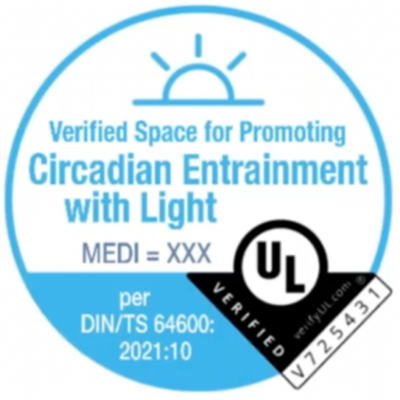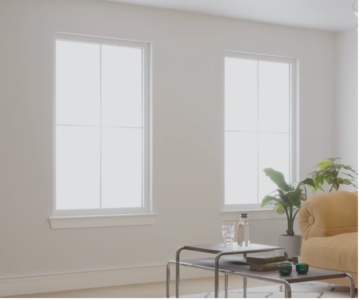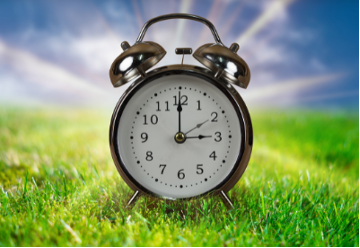ETi Solid State Lighting Inc. has introduced a new line of LED light fixtures proven to kill bacteria and viruses, including SARS-Cov-2, the virus that causes COVID-19. The SilentAire Plasma Disinfection Lighting product line provides innovative and safe air disinfection technology.
Light + Health
Nearly All Mental Health Disorders Correlate With Circadian Rhythm Disruption
University of California, Irvine (UCI) researchers conducted a thorough examination of peer-reviewed literature on the most prevalent mental health disorders and found that circadian rhythm disruption (CRD) is present in nearly all of them. However, correlation is not causation, so it is not clear if the mental disorders cause circadian disruption, if circadian disruption causes mental disorders or both in a positive feedback loop.
Study Finds Care Home Falls Reduced 43% By Changing Light Spectrum & Intensity
The Journal of Post-Acute and Long-Term Care Medicine (JAMDA) recently published a research study showing long-term care facility falls were reduced 43% by changing light spectrum and intensity throughout the day for residents.
Two DOE Reports Characterize Current UV LEDs
The U.S. Department of Energy has released two reports which characterize the current state and viability of commercial ultraviolet (UV) LED products.
Light + Health, Lighting Design
UL Launches Circadian Lighting Field-Measurement Service & Circadian Luminaire Certification
Randy Reid and Katie Smith recently published an article on LinkedIn, about UL’s latest moves into circadian lighting.
Light + Health, Products + Technology
Signify’s NatureConnect Generated Excitement At LFI
Signify’s NatureConnect natural lighting system mimics the natural patterns of daylight indoors to create a unique daylight experience. The intensity and shadows change throughout the day. It creates interesting lighting scenes designed to reconnect people with daylight cycles, and bring the outdoors in.
New Research Establishes UV Wavelength, Dose, & Duration To Deactivate COVID Virus
In a newly published study, researchers from Binghamton University’s Thomas J. Watson College of Engineering and Applied Science answer many of the questions about UV disinfection of the virus that causes COVID-19, and lay the foundation for health standards about what offers true disinfection.
Construction + Economy, Light + Health
Hospital Lighting Market Projected To Surge
A recent LD+A article discusses the significant growth projected in the hospital lighting market. Research and Markets unveiled in their Hospital Lighting-Global Market Trajectory and Analytics report that the global market is expected to reach $8.5 billion by 2027,
Light + Health, Products + Technology
Product Monday: It’s Not A Window, It’s LightGlass
LIGHTGLASS is a windowlight, an architectural element that brings the experience of a daylit window into any space. Through the integration of the latest LED lighting technology into the form and materials of a window, LIGHTGLASS is nearly indiscernible from a real window.
Legislation + Regulation, Light + Health
Congress Debates Daylight Savings Time
Linda Longo, at US Lighting Trends, summarized the issues involved in proposed legislation to make Daylight Savings Time permanent and year-round, in the US.















